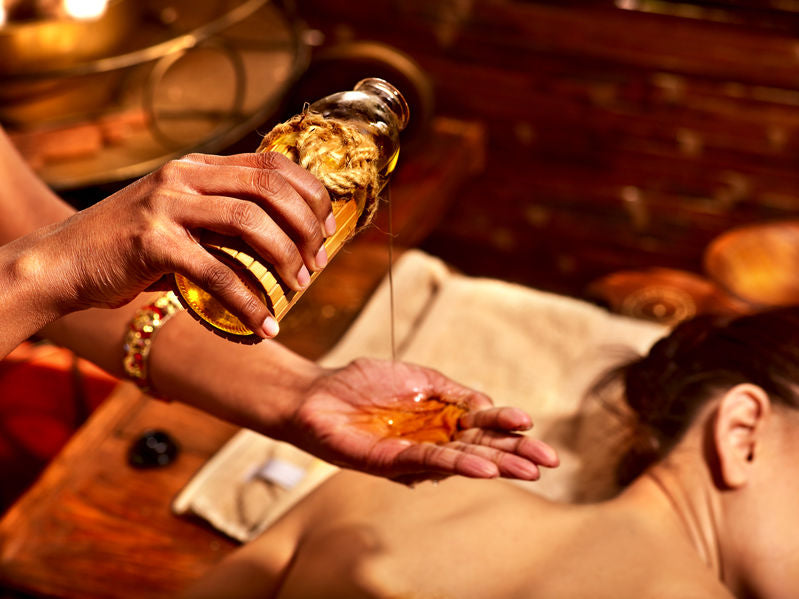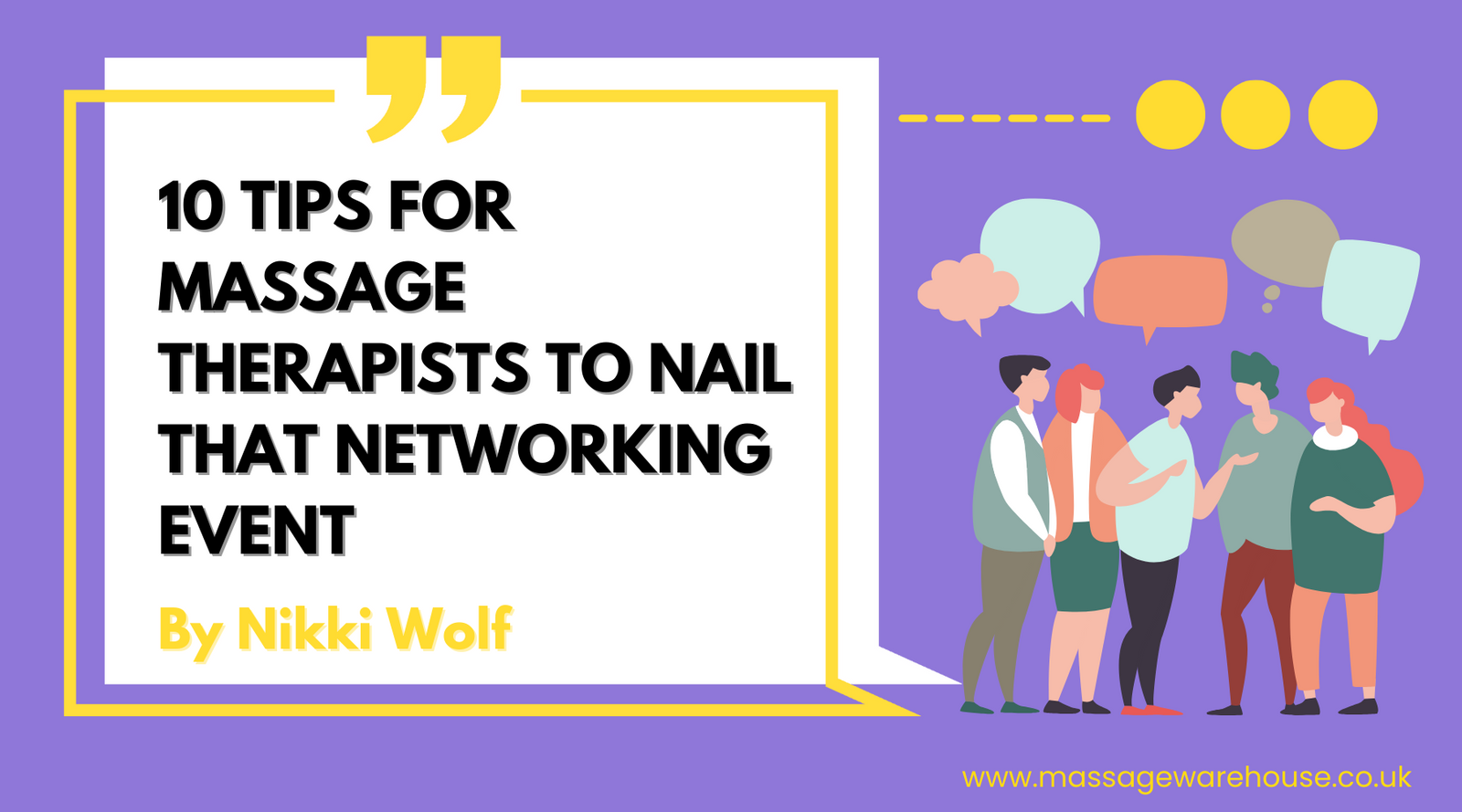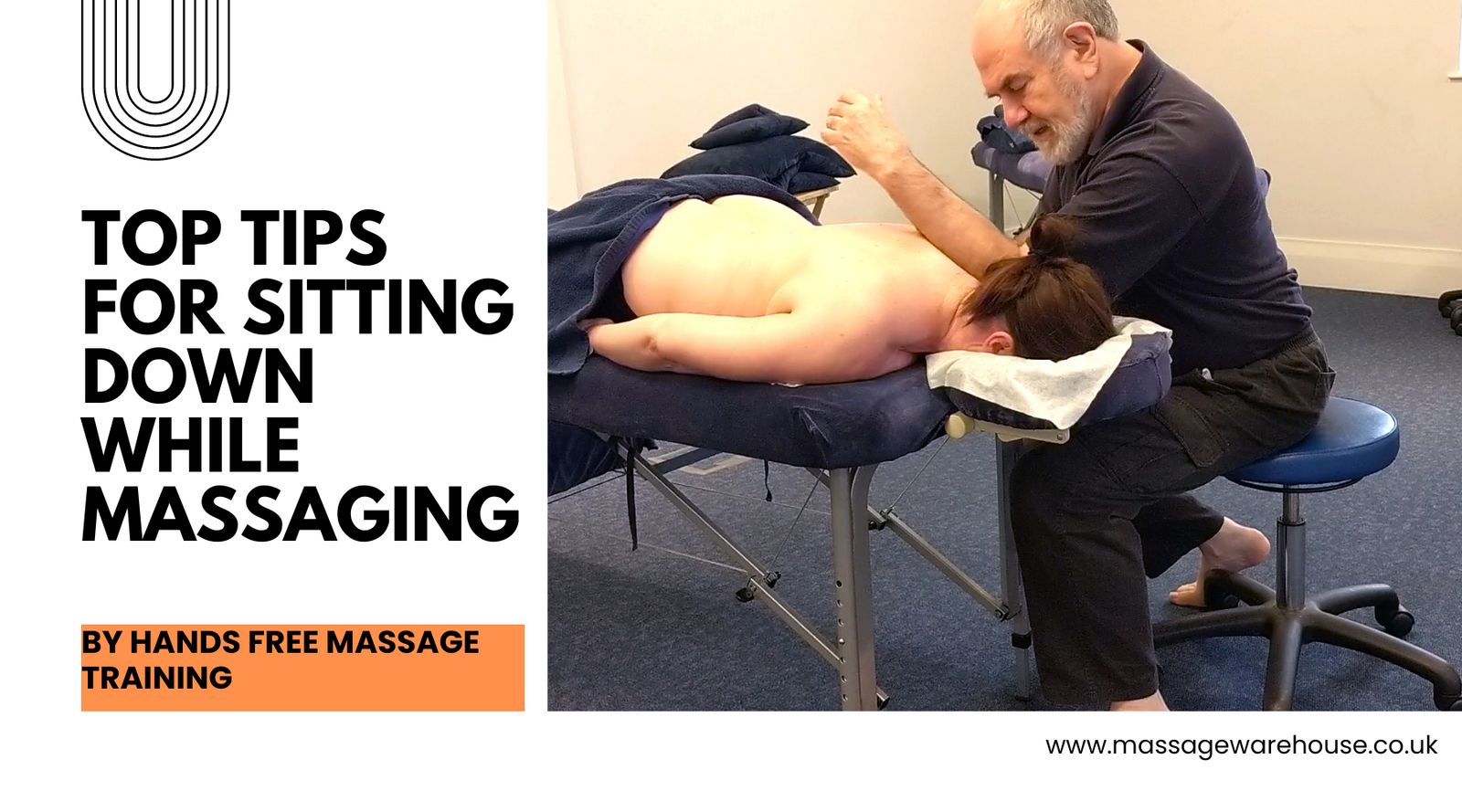Your Cart is Empty
I have been a full time holistic therapist for over 20 years now and have purchased many tables over the years. I can wholeheartedly recommend Massage Warehouse, not only for their great products but also for their personable service.
I have in the past purchased tables/equipment from other stores, always of a high quality as I wouldn't risk the safety of my clients, but I can honestly say that the quality and finish of the products from Massage Warehouse are by far the best of them all.
I wouldn't hesitate in recommending your products to any therapist.
Thank you for the great service from start to finish, reliable as always.
Kim Perry
I bought these to save on washing my face test covers and I’m delighted with them as so much softer than assumed. They sit well on top of the face cradle and keep my linen clear of make up! Love them.
So many clients say their faces hurt from the poor face hole towel combo they receive at many spas. I put this cover over my sheepskin style cover for extra comfort. I’ve only had positive comments. Def worth having.




